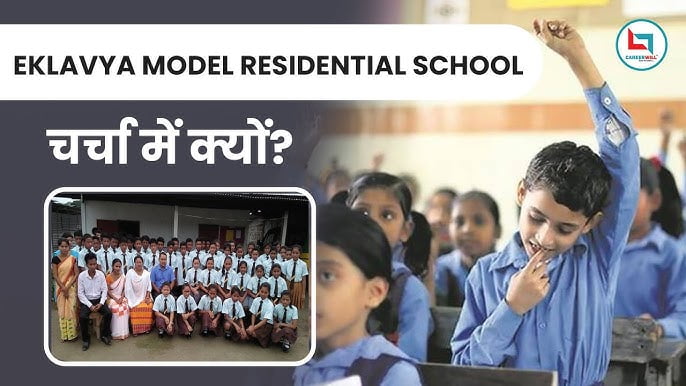Eklavya Model Residential School – The Jawahar Navodaya Vidyalayas, Kasturba Gandhi Balika Vidyalayas, and Kendriya Vidyalayas are complemented by the Eklavya Model Residential Schools (EMRS) for ST students in the national trend of building high-quality residential schools to advance education throughout all regions and communities. Article 275(1) of the Indian Constitution provides funding for the establishment of Eklavya Model Residential Schools (EMRS) in States and Union Territories.
Children in ST classes VI through XII receive free education from EMRSs in residential settings. The Indian Government’s Ministry of Tribal Affairs is in charge of carrying out the program.
The Eklavya Model Residential School (EMRS’s) Objectives
The schools’ goals are to give ST and PVTG students in tribally dominated areas a top-notch upper primary, secondary, and senior secondary education as well as extracurricular activities so they can access the best educational opportunities and catch up to the general population.

